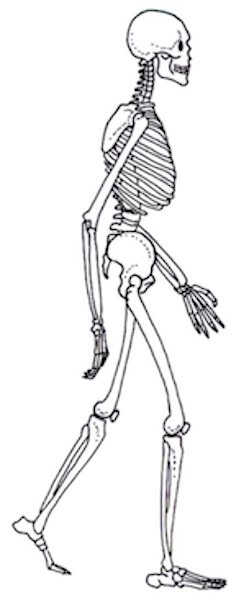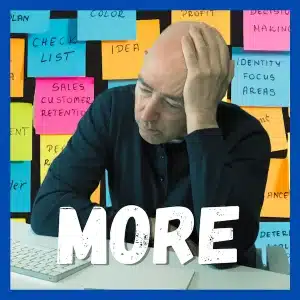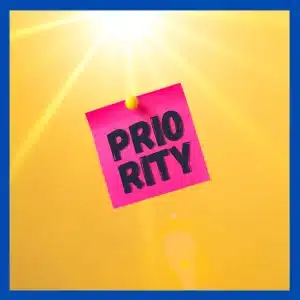 How to Structure Your Ebook
How to Structure Your Ebook
A lot of what has been written about creating ebooks and books focusses on the usual things of Topics, Planning, Writing, Editing, Publishing, Selling and Promoting. This is all useful stuff. And, it’s all pretty standard stuff.
One of the big misses from this list is a key design element of your book or ebook: The structure of your content. This is crucial because it provides the skeleton on which to hang your idea and it provides a clear pathway for your reader to understand your idea.
The obvious reason this is not discussed is because it’s a design decision that depends on what you’re writing. In other words, there is no right answer, there is only multiple options and some will fit better than others.
In this post we share eight classic templates ways to structure your ebook or book.
1 Intro, Key Points, Conclusion
This is probably the classic way to write and structure an ebook or book. Your introduction sets the context for what is to come and why you should read on. Then you create your classic chapters with a major theme for each one. And, you finish with your conclusion on the topic or a ‘where to go from here’ discussion.
2 Sequence
Are you teaching your audience how to do something? If it has distinct steps then a sequence might be your best choice. Ask yourself:
- What do I need to do first?
- Then what?
- After that?
- And, what’s the last thing I need to do?
3 The 4MAT Model
This is one of my favourites. I use it a lot! The 4MAT Model is based on how we learn. It suggests there are four key modes and ideally you should cover them all in sequence.
- Why = motivation: Why should I be interested in this? What’s the problem that needs to be solved?
- What = broad solution: What is the general solution to this problem?
- How = specific solution: What are the details I need or the steps I need to take to solve this?
- What Else = resources: What extra information is available on this topic?
Here’s a 10 minute YouTube video from the creator of the 4Mat Model Bernice McCarthy.
For example, in this post…
- Why: This is crucial because it provides the skeleton on which to hang your idea and it provides a clear pathway for your reader to understand your idea.
- What: It’s a design decision that depends on what you’re writing… In this post we share eight classic templates ways to structure your ebook or book.
- How: Eight classic templates for structuring your idea.
- What Else: The video is an example of how to go deeper into the content.
4 Random
If you have a list of items you can present these randomly. This suits items that don’t fit neatly together or that can be read as independent chunks. It particularly suits an ebook with a long list of items that a reader can dip in and out of.
[Tweet “Eight classic ways to structure your ebook”]
5 Loose Groups
One step up from random is some loose groupings. For instance, the book Rework that we reviewed recently was 80+ principles. You could read these as independent snippets. And, they were loosely grouped into chapters.
6 Alphabetical
I’m not a great fan of listing things alphabetically because it’s usually an artificial way to arrange things. You might as well let them be random – that feels more honest to me. If you must, put the keywords into alphabetical sequence in the index so we can find things that way.
7 Time
If you’re telling a story it has a natural timeline… This happened, then this came next. Mostly this doesn’t fit non-fiction very well unless you are talking about something that is time-related in real life. For instance, if you were writing about attending college you might arrange things according to what you need in your first year, second year, etc.
8 Beginner, Intermediate, Expert
If your ebook or book is based on a range of Questions and Answers you might like to sort and arrange them in terms of the level of expertise of the reader.
For instance, the Beginner or Getting Started section may have the absolute minimum that you need to get started. Next, you’d have the Intermediate or Growing Your Expertise section. And, finally, the Expert or Super Tips that presume a little experience and background knowledge of your topic.
This sets up a pathway for your reader to progressively learn their way through your book or ebook.
Action: Have a look at some of your favourite books and see which of these ways they’ve been structured. If you find any new ones let us know and we’ll add them to this list.

 How to Structure Your Ebook
How to Structure Your Ebook

